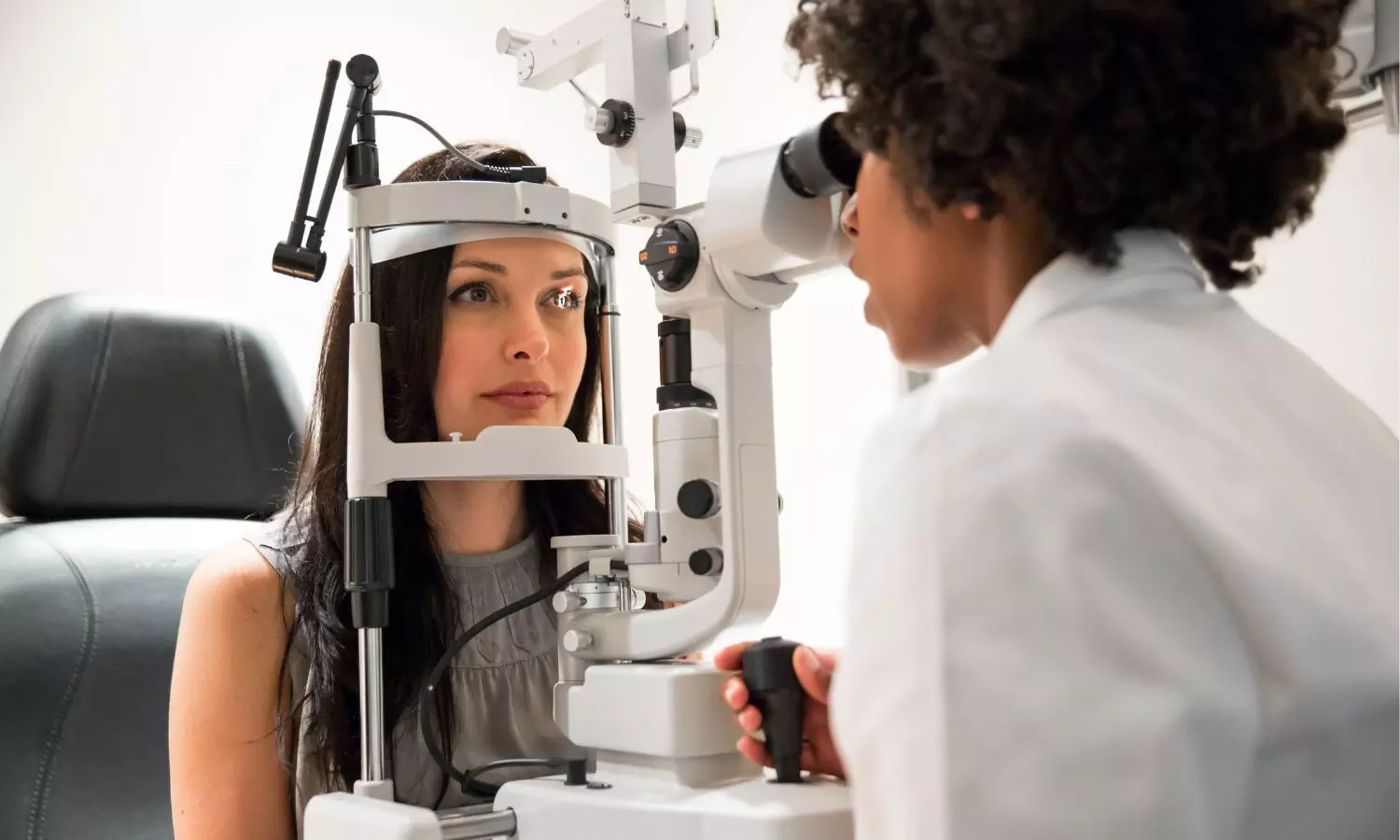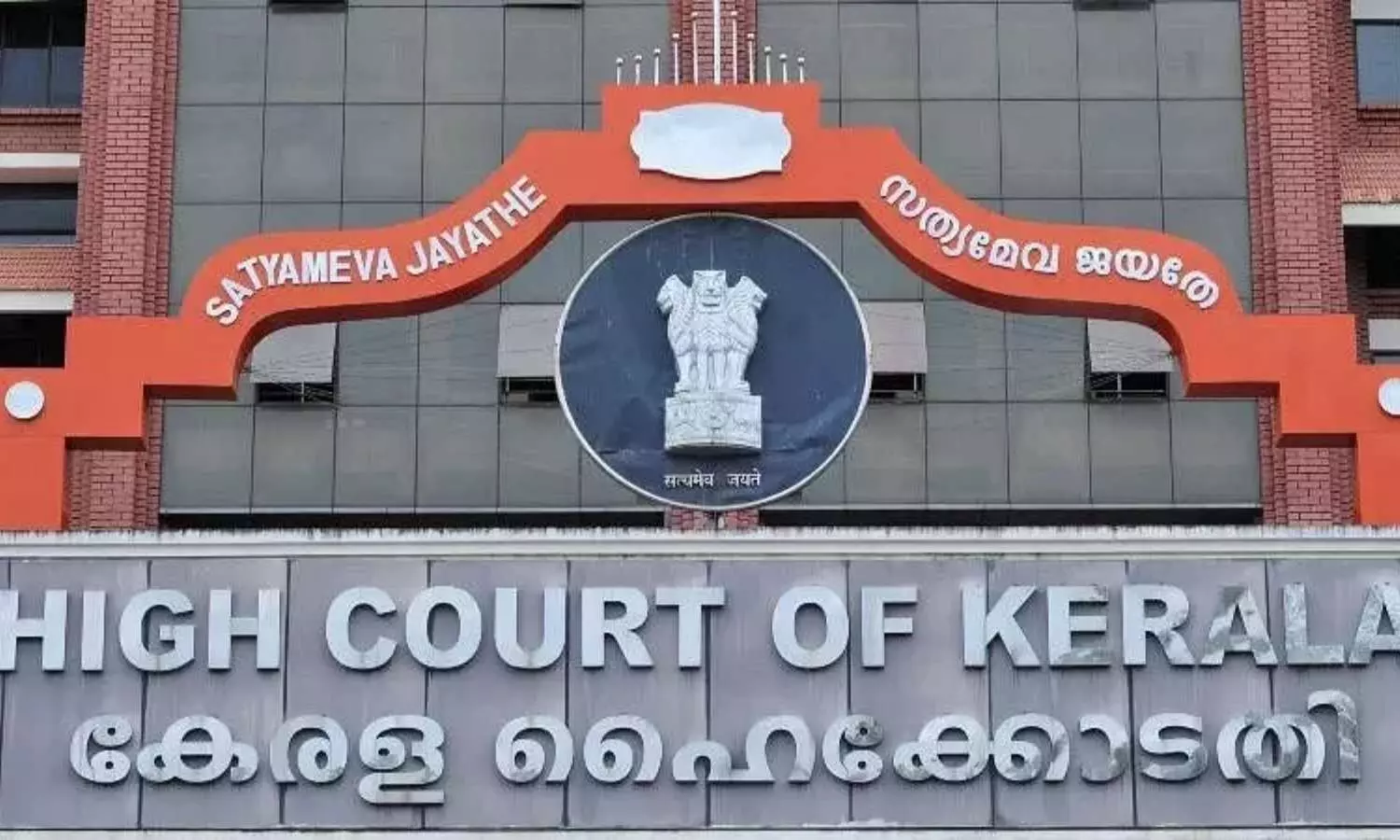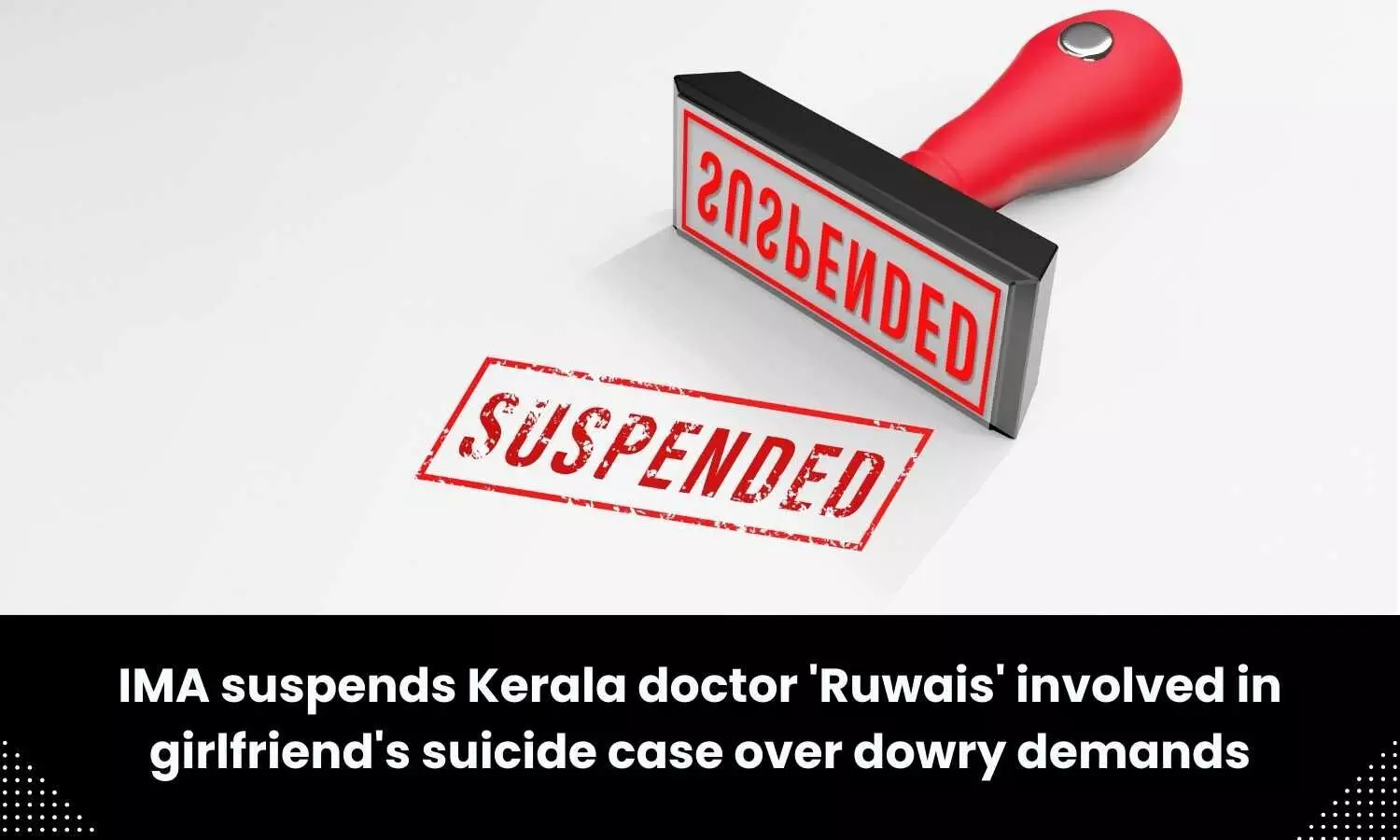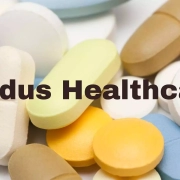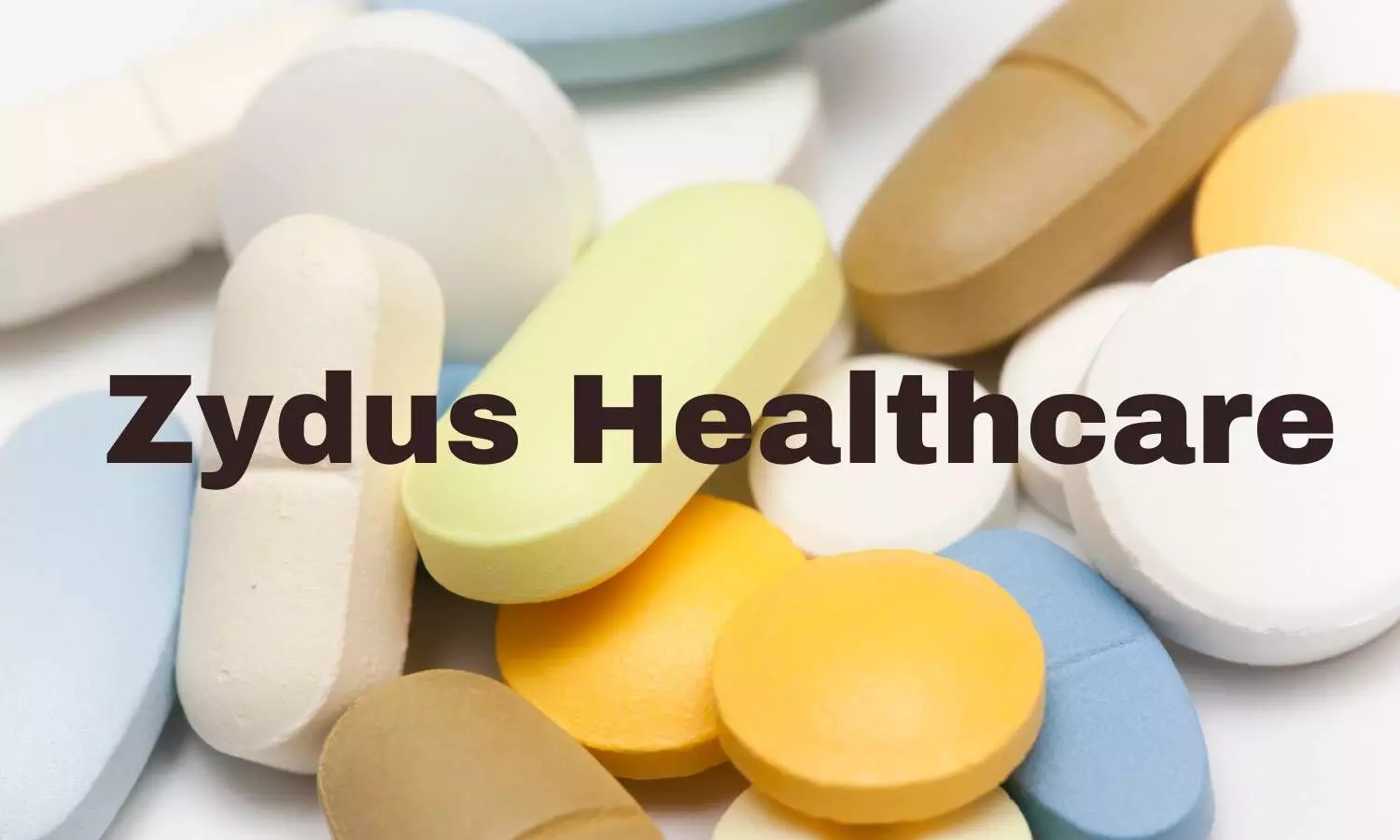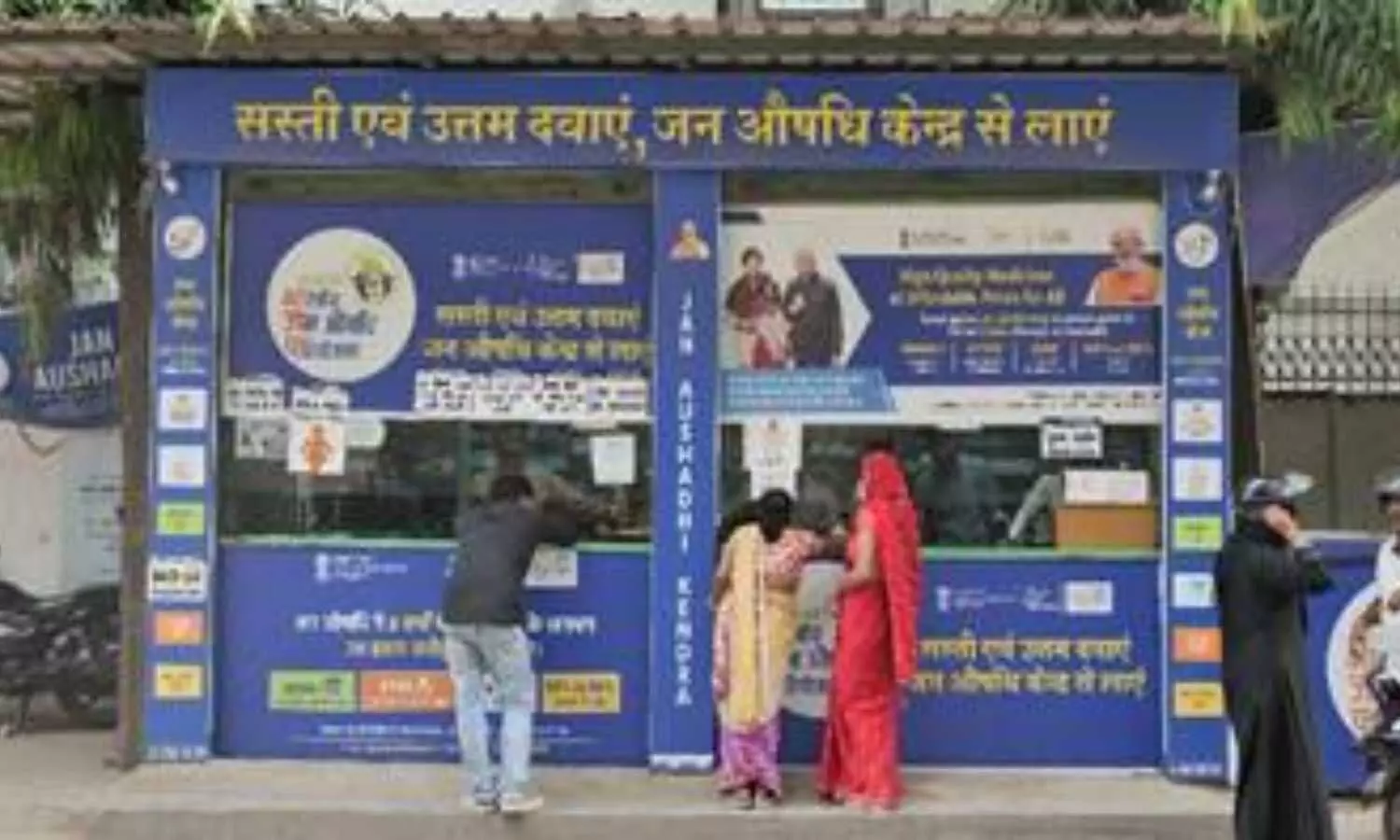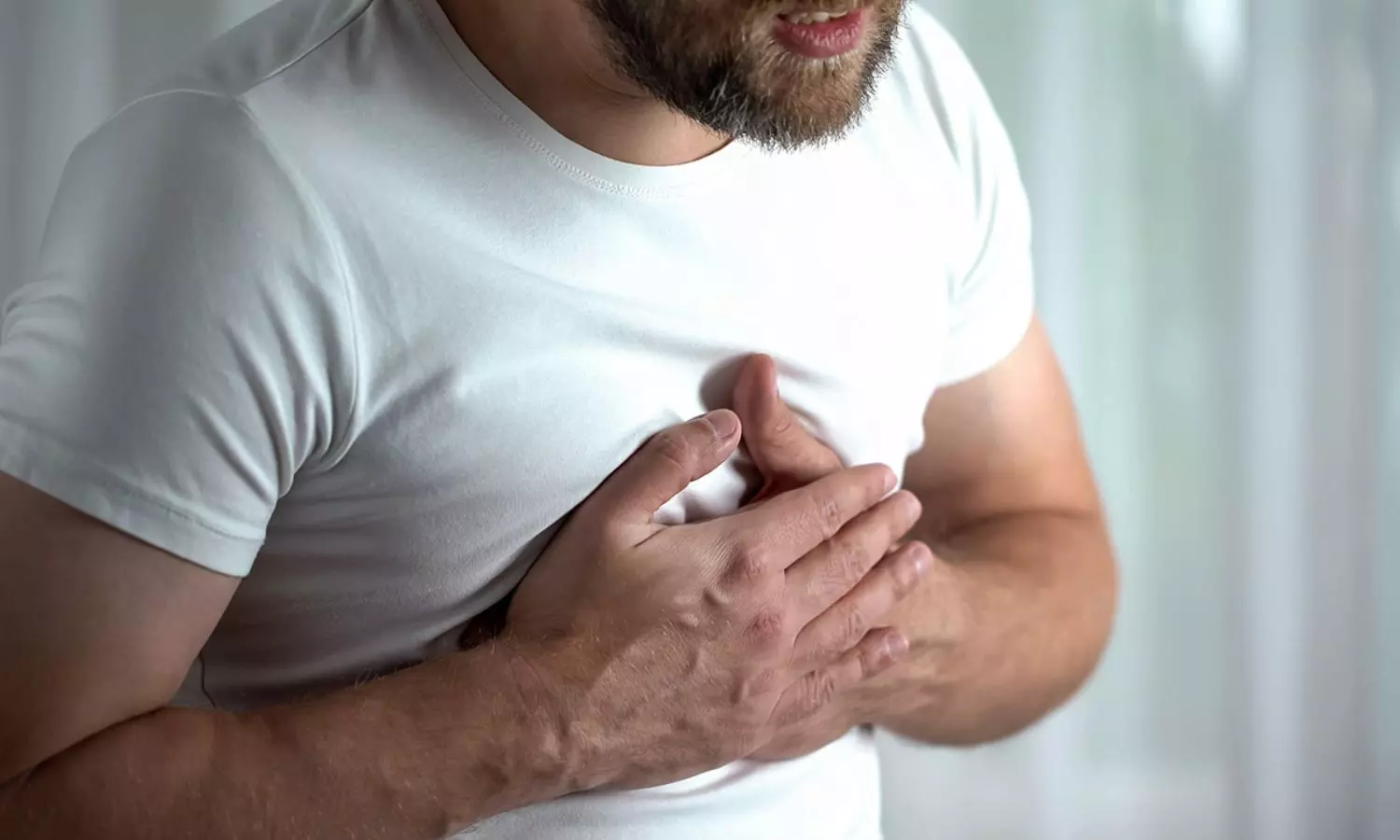Smartphone-based technology helps in prevention of suicidal behavior

The use of smartphone technologies could be beneficial in preventing suicide among at-risk adults, says a study conducted by investigators from Italy and Spain, published online in the Journal of Psychiatric Research.
Suicide stands among the primary causes of unnatural deaths globally. According to the WHO mortality database, suicides in the United States saw a 53% increase from 2000 to 2020 (WHO, 2022). Essential for preventing suicide is the implementation of secondary prevention strategies. Digital medicine holds the potential to address numerous mental disorders, making it a promising complement to conventional mental health care. Hence, Alejandro Porras-Segovia and the research team conducted this study to investigate the viability and acceptability of a safety plan integrated into a smartphone application.
Scientists carried out a retrospective pilot analysis to assess the practicality and approval of a safety plan incorporated into a smartphone application (MEmind) among adult patients aged 18 years and older who had recently exhibited suicidal behavior.
The key findings of this study were:
Out of the 128 participants, 82% had the safety plan integrated into their smartphones, with approximately half completing end-of-study surveys.
Over an average follow-up duration of 285 days, participants activated their safety plan an average of 9.1 times, with some opting to memorize it.
Ratings on a scale of 1 to 10 indicated a perceived usefulness of 7.4, usability of 8.9, likelihood to recommend it to others at 8.6, and satisfaction with the overall project at 9.6. Internal coping strategies and personal contact functions were identified as the most beneficial features.
Higher usefulness scores correlated with a greater likelihood of recommending the app to family or friends. Feeling sad or lonely was the most commonly reported warning sign, while walking or exercise was the frequently used coping strategy, with visits to public spaces also being popular.
Overall, participants expressed a desire for direct contact with professionals through the app. The smartphone-based safety plan, as demonstrated in this study, appears to be a practical intervention. The data gathered from this pilot study indicated elevated participation rates and strong acceptance among patients.
Reference:
Porras-Segovia, A., De Granda-Beltrán, A. M., Gallardo, C., Abascal-Peiró, S., Barrigón, M. L., Artés-Rodríguez, A., López-Castroman, J., Courtet, P., & Baca-García, E. (2023). Smartphone-based safety plan for suicidal crisis: The SmartCrisis 2.0 pilot study. In Journal of Psychiatric Research. Elsevier BV. https://doi.org/10.1016/j.jpsychires.2023.11.039
Powered by WPeMatico



